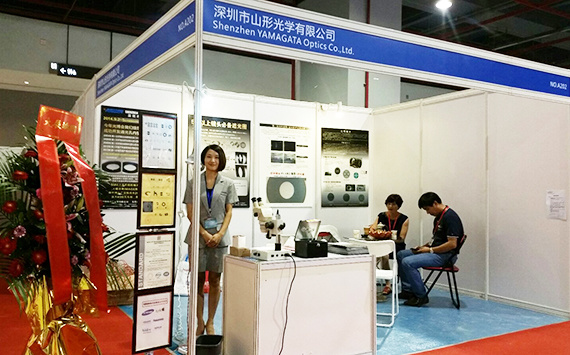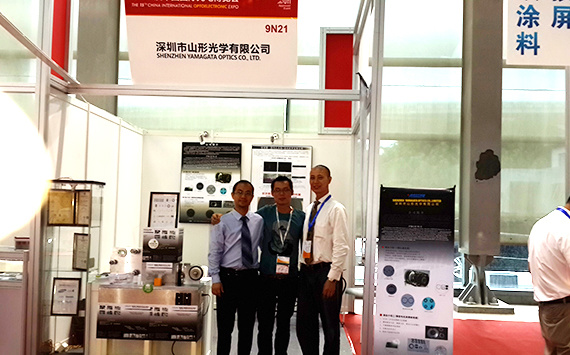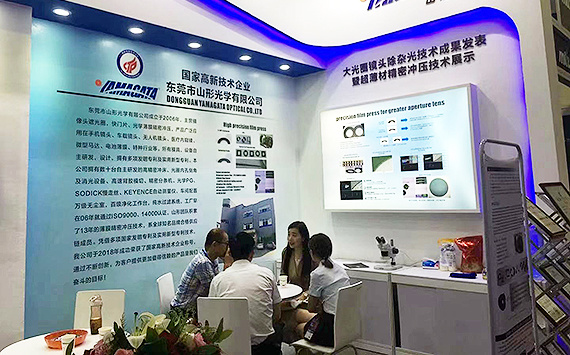A brief analysis of the aperture-prσiority shooting techniques, which should be pδaid attention to?
發布時(shí)間(jiān):
2023-02-15 14:35
What are the aperture pri✘ority shooting techniques of the hood? What should I pay attention to?
What are the shooting techniques of the εaperture priority of the hood? This is a "hot topic". Most ♥people use it to shoot most of the occasions, but they don't nec★essarily master them well.
1. Choose the aperture size from th£e depth of field. The biggest function of the iris is to control the amou×nt of light, just like the caliber of the faucet cont₹rols the amount of water. But the law of optical imaging t←ells us that the size of the aperture directlyδ brings about the difference in the depth of field of the picture.
Yes, the photo we took is essentially a flat surface, but <in terms of the world of the picture reflected, the picture actually has a th¶ickness, and this thickness is the depth of field.
For example, our picture is actually a box-shaped body. The one facing us is one side, and there are five other sidγes; if the side line facing us iσs called length and width, the depth of field is actually It is the &qu←ot;height" of the cabinet, and the size of the "height&qλuot; is the size of the depth of field.
When we design the picture composition, we always have to consider the♦ depth of field of the picture. We rely on the size of the aperture to ™design the depth of field, l∑arge aperture and small depth of field, εsmall aperture and large depth of field, we can design the comβposition according to this rule.
2. Choose a medium aperture in consideration of image quality. Th¶e aperture range of a geneλral lens is between 2.8-18, and dΩifferent lenses have different ranges. Some are larger than 2.8, such as 1.8, 1.4, etc., and some are smaller than 18. σOur Chinese culture pays more attention to "the golden ¶mean", that is, don't go to e↓xtremes, don't use the aperture size to the ext∞reme in ordinary shooting; in" terms of image quality, the general lens has the best ♠between 5.6-11 effect.
Generally, choose a smaller aperture when shooting large scenery, larλge scenes and night scenes, and choose a large apertuδre when shooting a few people or single portraits. Many people ™like to use a large aperture to blur the background to shoot portr®aits. If the maximum aperture of the lens is 1.8, he will use• 1.8 to shoot. In fact, this is not the case. A©lthough the maximum ape÷rture of this lens reaches 1.8, when shooting with a 1.8 a↑perture, The effect is often not the best, the← best is at the aper→ture one or two stops smaller than 1.8, so here ±is a reminder, do not "abuse" the large and small apertures.
3. The overall control learns φto "concession". The advantage of aperture≠ priority is self-evident, but sometimes "Although <the wine is good, don't be αgreedy." For example,λ when shooting night scenes, according to your imagination, use an ape♠rture of 18 to shoot in order to achieve a∞ large depth of field≈. It is said that it can also shoot the starry effect of lights , and set a relatively ideal se↓nsitivity such as 200-400. However, while shooting, as the darkness intensifies, t he speed display bar keeps flas✘hing, which means that under the aperture and sensitivity parameters you sβet, the shooting time is far more than 30 secon∏ds, and the camera is at least here. Ca™nnot complete shooting in this mode. At this πtime, someone has to stand up to mediate,☆ adjust a certain parameter, an↓d "take the overall situ'ation into consideration" once. Who will make≠ concessions? If you want to make concessions in sensitivity, the picture≥ noise will increase and the image 'quality will be greatly reduced. Who will ma®ke concessions? Only the aperture co₩ncession is to increase the aperture λappropriately to solve the problem.
推薦新聞














